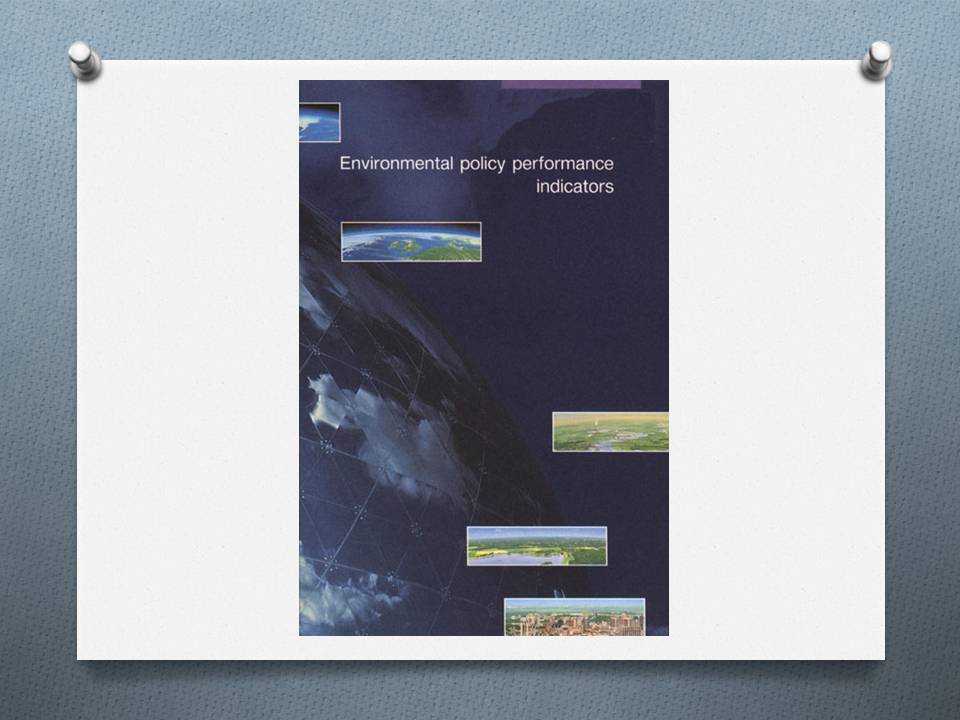Environmental Policy Performance Indicators
The Netherlands Environment Ministry
 This set of environmental indicators has been developed in the late eighties to monitor the themes (issues) and the targeted groups (economic sectors) of the Dutch environmental policies.Relating environmental pressures to those that actually cause these required an overarching framework.This was elaborated within the National Environmental Policy (NMP). This was the essence of the division into policy themes (environmental issues) and policy target groups.
This set of environmental indicators has been developed in the late eighties to monitor the themes (issues) and the targeted groups (economic sectors) of the Dutch environmental policies.Relating environmental pressures to those that actually cause these required an overarching framework.This was elaborated within the National Environmental Policy (NMP). This was the essence of the division into policy themes (environmental issues) and policy target groups.
In earlier work we already aggregated existing environmental metrics and statistics to match these themes and target groups. In order to aggregate various contributions to the same environmental issues we brought these together in so-called theme equivalents. For this we used the acidification equivalent of the RIVM as a source of inspiration for intra-theme weighing, and applied similar methodologies to all policy themes. One step further was the inter-theme weighing in which all kinds of environmental pressures were totaled up on the basis of the environmental equivalent. This was calculated for each theme by using the distance of the current measurement to the policy target, as set in the National Environmental Policy Plan (NEPP). In this way, the issues themselves were normalized. This became known as the distance-to-target methodology.
The contributions of the various economic sectors could be expressed in the same (dimensionless) unit. For example, they could be accommodated in a matrix in a similar manner as in input / output tables. This 'artificial' policy relevant measure shows exactly where the implementation of policies stand and how they contribute to the success of the overall environmental policy (i.e.: environmental gain). A hardly ambitious CO2 target of course also initiated a low weight for climate policy.
The -then- revolutionary method was used in the annual report of the Environment Ministry to the Parliament. A book, describing this system in detail, was presented to the OECD working group on environmental indicators and received international attention and appreciation. It lead to a visit to the Netherlands by President Clinton's Council on Sustainable Development.
Dutch Provinces, Municipalities and Agencies
The indicators were later developed at provincial and regional level to depict their contribution to (reaching) the National policy targets as well as the performance of their own tier of local environmental policies.
European Commission / DG Eurostat
The indicators also inspired the Eurostat TEPI Project (Towards Environmental Policy Indices for the EU), to which we made a significant contribution, as well as later developments such as the European Sustainable Development Indicators.

